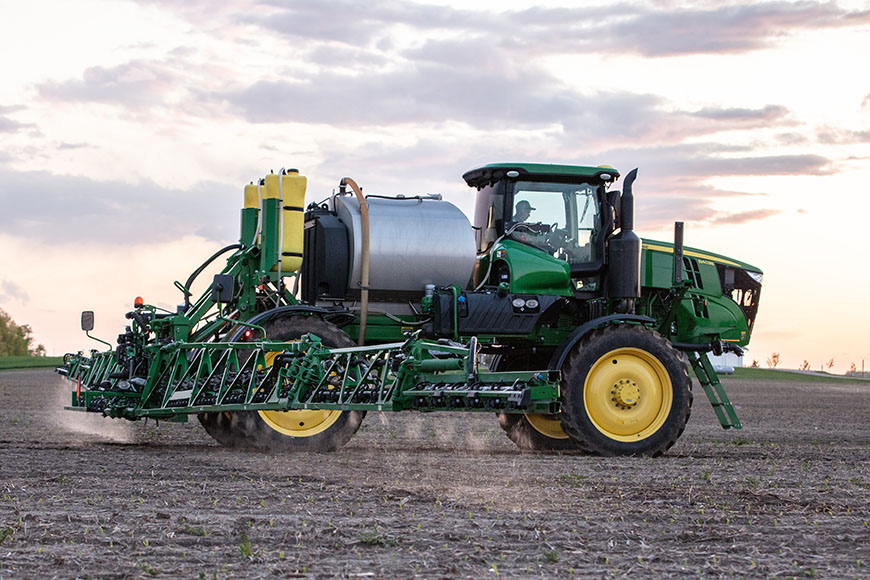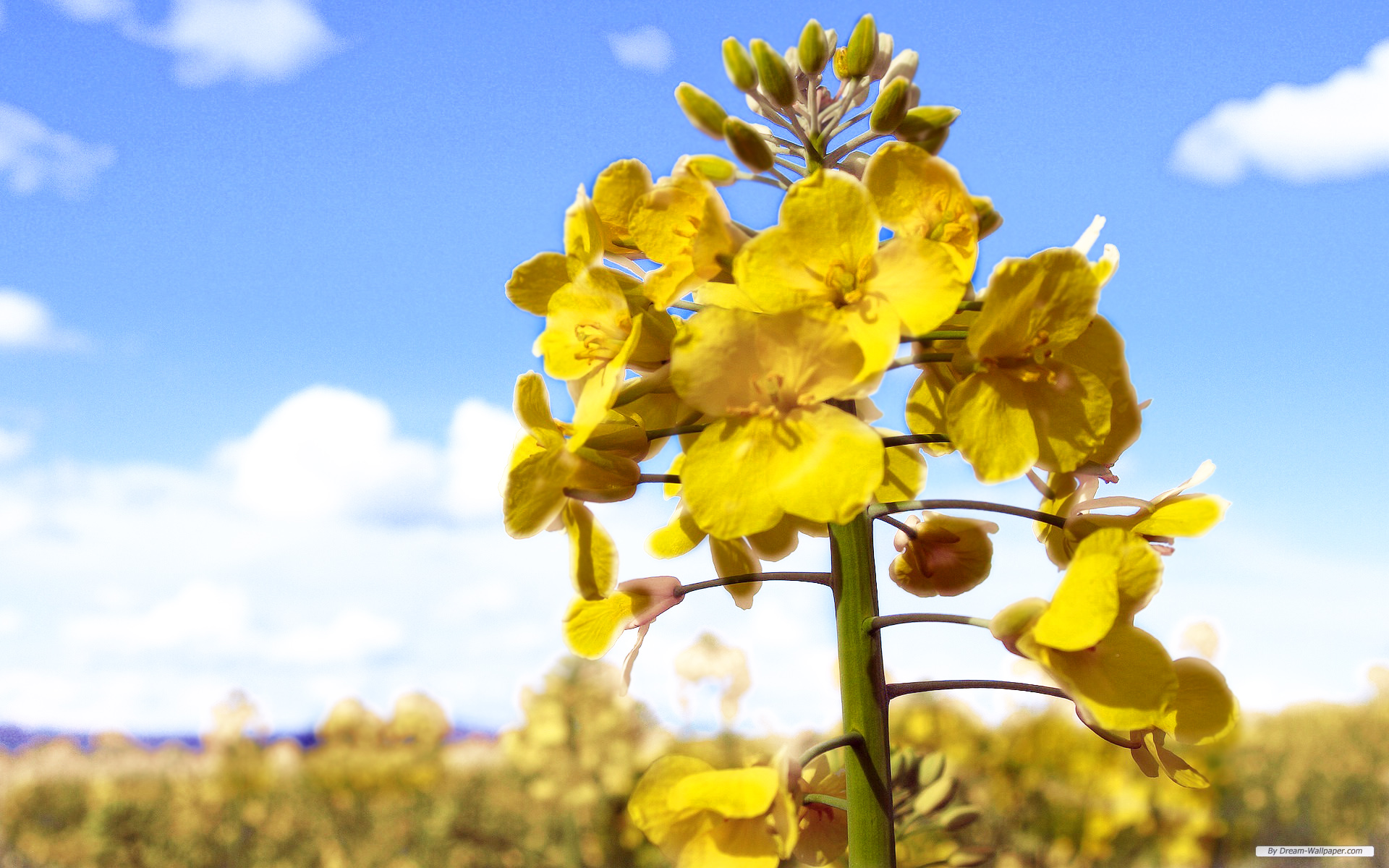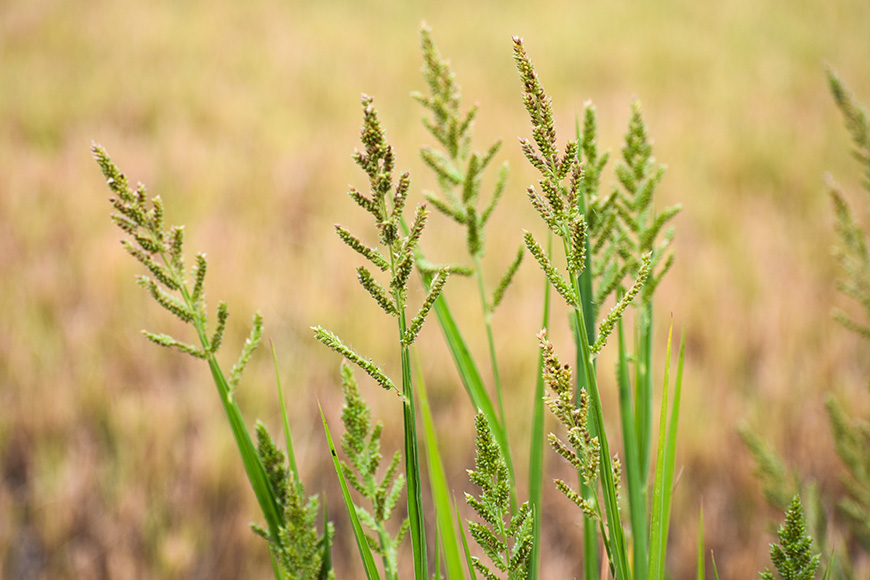When Corn Becomes a Weed

Volunteer corn is more than just a nuisance in soybean fields. Left uncontrolled, it can lead to substantial yield losses and also serve as a host for corn rootworm larvae. In fact, a study by the University of Nebraska showed 5,000 volunteer corn plants per acre reduced soybean yields by approximately 20% if left uncontrolled.1
Here are a few tips to rid your soybean fields of yield-robbing volunteer corn.
Volunteer corn can be managed with timely action and the right products. Consult your locally owned and operated WinField United retailer or your trusted advisor to learn about cost-effective ways to keep your soybean fields clean.
This article was originally published in April 2019. It was updated in April 2020 and again in April 2021.
1 J. Alms, M. Moechnig, D. Deneke, D. Vos. “Volunteer corn effect on corn and soybean yield.” North Central Weed Science Society, 2008. Abstracts Volume 63.
All photos are either the property of WinField United or used with permission.
© 2021 WinField United. Important: Before use always read and follow label instructions. Crop performance is dependent on several factors many of which are beyond the control of WinField United, including without limitation, soil type, pest pressures, agronomic practices and weather conditions. Growers are encouraged to consider data from multiple locations, over multiple years, and to be mindful of how such agronomic conditions could impact results. Section® Three, StrikeLock® and WinField are trademarks of WinField United.
Here are a few tips to rid your soybean fields of yield-robbing volunteer corn.
1. Treat volunteer corn promptly.
Corn can quickly outcompete soybeans, so it is important to treat volunteer corn early before it has a chance to dominate. Plus, the longer you wait, the higher the cost of control becomes since taller plants require increased herbicide rates. Delaying applications also allows more time for insects to survive in the field, which reduces the beneficial impacts of crop rotation and could affect your insect resistance management strategies for pests like corn rootworm.2. Use the right products.
The waxy cuticle of corn plants can make them difficult to treat if you don’t use the right products. Section® Three herbicide combined with StrikeLock® adjuvant is an excellent option for controlling volunteer corn. Grassy weed herbicides like Section Three require the use of a high-surfactant oil concentrate for effective control. The addition of StrikeLock helps the grass herbicide penetrate waxy corn cuticles for better coverage and control, while also providing industry-leading drift and deposition performance.3. Apply the right herbicide and adjuvant rates.
Depending on the size of volunteer corn you are trying to manage, you may need to increase the herbicide rate to be effective. If you tank mix with specific broadleaf herbicides, the rate of grass herbicide will need to be increased to overcome possible antagonism. Herbicide and adjuvant rates vary according to conditions and tank-mix partners so consult your local agronomist for specific treatment recommendations.4. Use good application techniques.
For better coverage and optimal performance, use higher water volumes and pair your application with the right nozzle and spray pressure. Always be sure to follow the herbicide label to select the right nozzle and operating pressure when tank mixing broadleaf herbicides, such as XtendiMax®, Engenia®, Tavium®, Enlist One® or Enlist Duo®.Volunteer corn can be managed with timely action and the right products. Consult your locally owned and operated WinField United retailer or your trusted advisor to learn about cost-effective ways to keep your soybean fields clean.
This article was originally published in April 2019. It was updated in April 2020 and again in April 2021.
1 J. Alms, M. Moechnig, D. Deneke, D. Vos. “Volunteer corn effect on corn and soybean yield.” North Central Weed Science Society, 2008. Abstracts Volume 63.
All photos are either the property of WinField United or used with permission.
© 2021 WinField United. Important: Before use always read and follow label instructions. Crop performance is dependent on several factors many of which are beyond the control of WinField United, including without limitation, soil type, pest pressures, agronomic practices and weather conditions. Growers are encouraged to consider data from multiple locations, over multiple years, and to be mindful of how such agronomic conditions could impact results. Section® Three, StrikeLock® and WinField are trademarks of WinField United.





